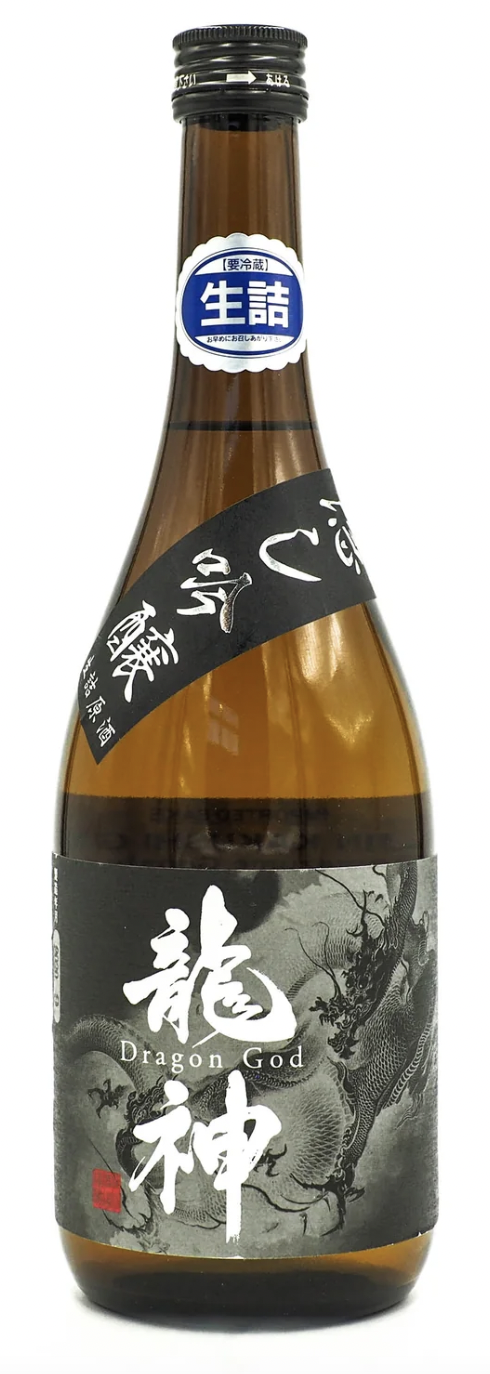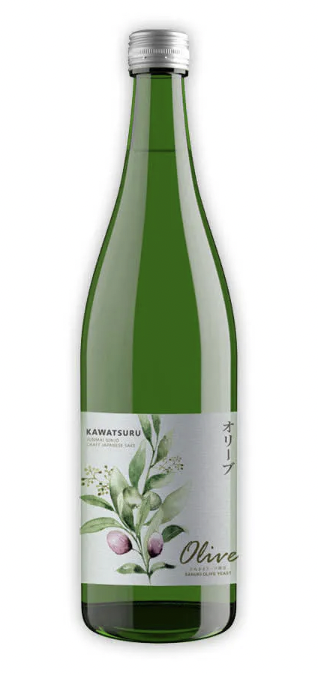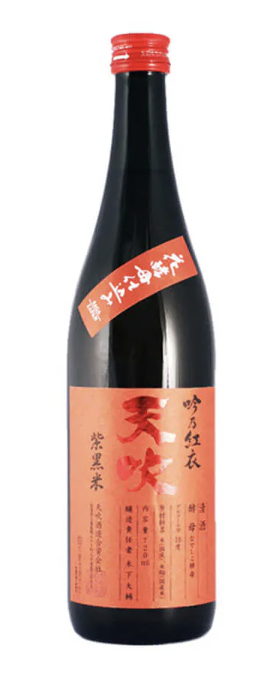May 14, 2024
National Grid Food Crawl
Fresh v. Funky
Fresh. ‘Dragon God’ Nama Zume Ginjo Genshu, Ryujin Shuzo, Gunma
About the Brewery
Ryujin (Dragon God) Shuzo is a small brewery located in southern Gunma Prefecture, about 90 min from Tokyo by train. Dating back to the late 16th century, the brewery was built above a water spring that is believed to be guarded by the dragon god, hence the brewery was named to pay homage to their sacred guardian.
About the Sake
Ginjo: the rice used for brewing has to be polished to at least 60% of its original size.
Namazume, Meaning Once Pasteurized): Unlike most sake which typically go through two times flash pasteurization to be shelf stable (sake doesn’t contain sulfite, which is a natural preservative), this sake was only pasteurized once to retain a higher degree of freshness.
Genshu, Meaning Undiluted: before bottling, most sake typically has a small amount of water added. The brew masters love the robust character of this sake so much that they chose to omit this particular step.
Category: Junmai Ginjo
Tasting Notes: Like walking through the fruit markets of Mexico! Think Pineapple, Mango, Passionfruit, Melon, Limes on the nose and the ripest, juiciest melon on the palate.
Funky. Aged Junmai Yamahai, Yuho 'Eternal Embers', Mioya Shuzo, Ishikawa
About the Brewery
Mioya Shuzo is based in the Noto peninsula of Ishikawa prefecture, along the coast facing the Sea of Japan. President Miho Fujita and Master Brewer Toshiaki Yokomichi teamed up to make sake that is unconventional yet true to traditions. They love a umami-rich sake with a balance touch of acidity that can be enjoyed with all types of hearty dishes. ‘Eternal Embers’ best exemplifies their philosophy and approach.
Fun Fact: ‘Yuho’ means “happy rice”, but it also makes references to Noto Peninsula known as the UFO capital of Japan.
About the Sake
Junmai: whenever you see the word “junmai” (pure rice), you can be confident that the sake is made with a minimal list of ingredients: rice, water, koji (our namesake, the national fungus of Japan that converts starch in the rice to sugar!) and yeast (sugar -> alcohol, YUM!).
Aged Sake: The general rule for drinking sake is to “drink it fresh and drink it often.” Yet, like any good rule, it is meant to (sometimes) be broken. This sake was aged in bottle for 1 year to brings out delicious dried fruits and nutty aromas and flavors.
Yamahai: Have you every baked sourdough bread before? Yamahai is “the sourdough starter” equivalent. Traditional fermentation starter method that welcomes active microbial activities and produces a hearty, full-bodied and (often) savory sake.
Category: Junmai
Tasting Notes: A hint of a young Japanese Whisky on the nose and palate…maple, mushrooms, soy, vanilla
An Exploration of Yeast 🫒🌸
🫒. Junmai Ginjo, ‘Olive’, Kawatsuru Shuzo, Kagawa
About the Brewery
Since its founding in 1891, it has been Kawatsuru Shuzo’s mission to brew sake that moves drinkers with sincerity, just like how one is moved by the flow of the river. The name Kawatsuru was inspired by the scene remarked by the first generation brewer, of a crane falling onto the river behind the brewery. This beautiful was born out of a collaborative effort to promote the local agriculture. A special strain of yeast was extracted from the local Sanuki Olives and was distributed to only 8 breweries in Kagawa prefecture for sake brewing.
About the Sake
Calling all Martini-lovers! This sake is for you. A Junmai Ginjo brewed with local Sanuki Olive yeast, it’s like your favorite martini, only lower ABV.
Category: Junmai Ginjo
Tasting Notes: Fresh EVOO, white flowers, starfruit, with a salty, mineral-driven backbone
Junmai, Gin no Kurenai, Amabuki Shuzo, Saga
About the Brewery
Despite having over 300 years of history, Amabuki Shuzo is constantly experimenting with new rice varieties and new yeasts strains, creating sake with amazing energy. Locally sourced Saga rice and underground water are utilized to craft exceptional, high-quality sake. Their expertise lies in the use of various flower yeasts, resulting in a distinct style that showcases their innovation and craftsmanship.
About the Sake
Gin no Kurenai aka Pink Lady is brewed with a blend of yeasts extracted from strawberry blossom and Queen of the Night (a magical white flower that bloom rarely, and only at night; its flowers wilt before dawn.). The beautiful pink color comes from the use of an ancient black rice, blended in with the local sake rice Saga no Hana (the flower of Saga). It’s bright, zippy and juicy.
Category: Junmai
Tasting Notes: Floral + Citrusy with a zippy acidity.








